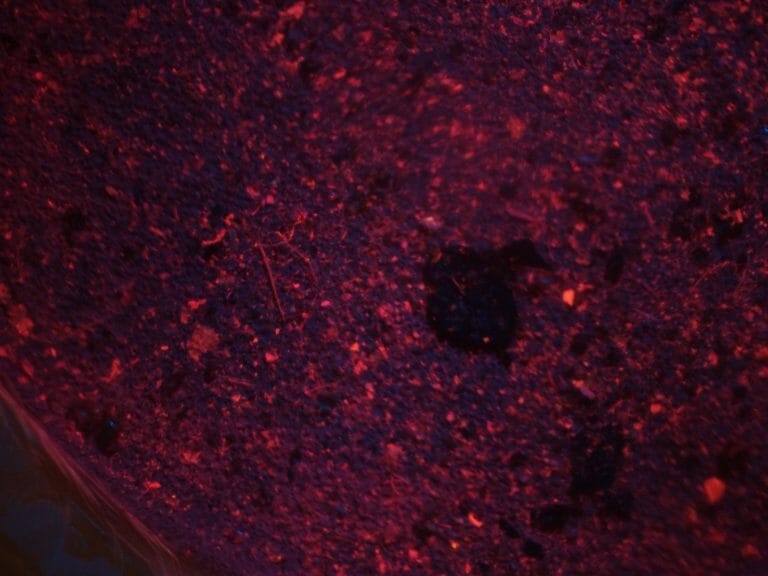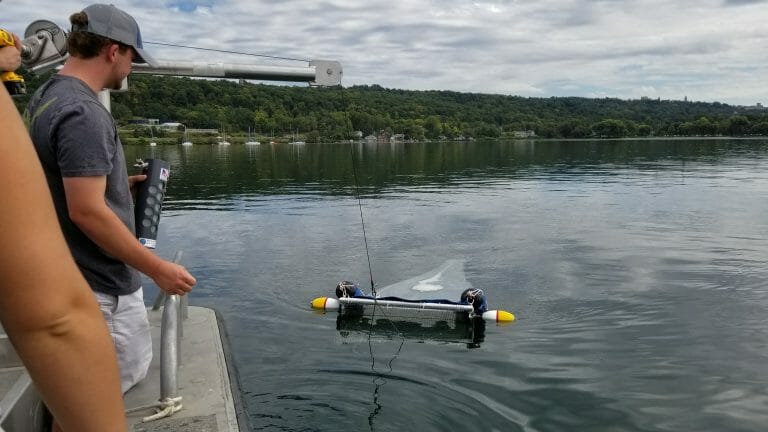Microplastics in the Aquatic Environment
What are Microplastics?

Microplastics are small particles that come from larger plastics. We call larger plastics macroplastics. Over time as macroplastics break down they become microplastics. Microplastics research is relatively new, so researchers like us are trying to find the impact that they have on the environment. How do they affect the ecosystem? Or human health? Before we can understand how they affect the environment , we need to know how many microplastics there are in the environment. Based on the research of other scientists we know, microplastics put aquatic ecosystems at risk because they can block the gastrointestinal tracts of plankton and other small animals, and can deliver endocrine-disrupting compounds to all parts of the aquatic food chain.
What Has Our Lab Done?
We looked for microplastics in the southern end of Cayuga Lake in 2017 in collaboration with the Ithaca Area Wastewater Treatment Facility. We did this using a “manta net”, so named because of the large mouth-like opening and extending tail. Our net was 3 meters long, and had netting with 50 um holes, allowing us to capture small microplastics. We towed the net in a big circle at each of 3 locations in the lake, and in a straight line in the Inlet. We then rinsed all the microplastics from the net into a glass jar to take back to the lab at Ithaca College.

Here's How We Do It
1. Density Separate
2. Digest
3. Dye & Vacuum
4. Photograph
It Wouldn't be Science Without Some Math!
Our Current Estimate:
Since we know how much water we passed through the net and how much surface area we sampled, we can calculate how many microplastics are in that volume of water. And since we know the surface area and volume of the lake, we can calculate how many microplastics we estimate are in the whole lake by volume and by surface area.
